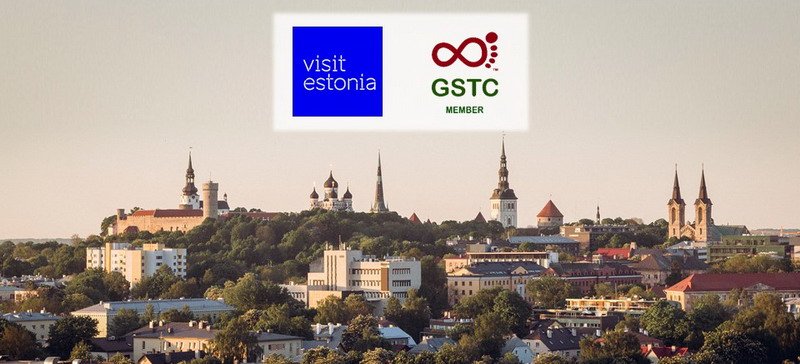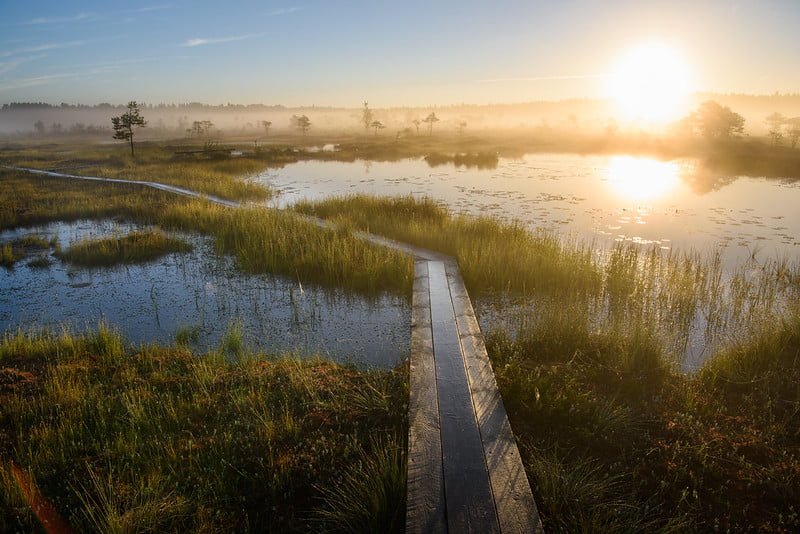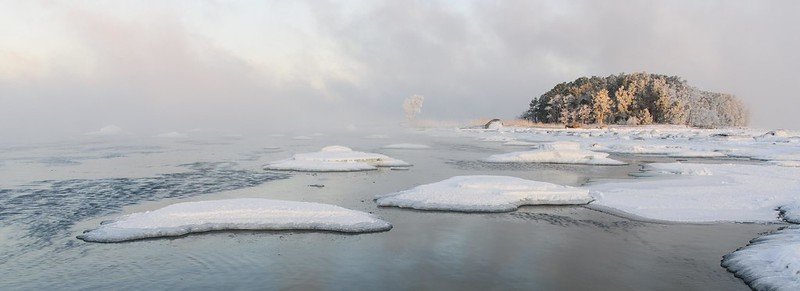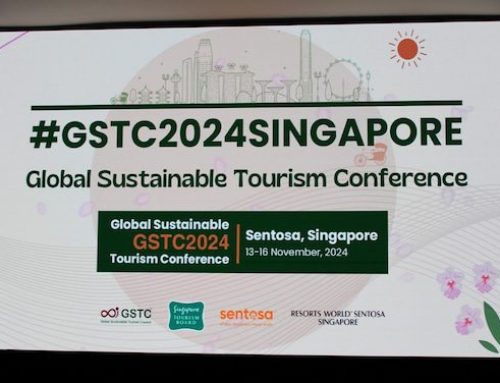
Visit Estonia – Old Town & Toompea panorama in Tallinn by Danel Rinaldo
Visit Estonia (Estonian Tourist Board) has joined as a Member of the Global Sustainable Tourism Council (GSTC)
“Visit Estonia – it’s about time!”

Tourism in Estonia
Prior to Covid-19, the tourism industry provided 8% of the Estonian GDP and employed 30,000 people. The Exports of tourism services reached over 2 billion €, making up 30% of Estonia’s exports of services. This has also generated almost 200 million € in tax from the tourism industry in 2019. Those statistics clearly show the importance of the tourism sector in Estonia.
Visit Estonia Sustainability Plan
The main objective of Visit Estonia’s National Tourism Policy is to make Estonia internationally competitive and to ensure the economic growth is sustainable. Visit Estonia plays a key role in educating DMOs in Estonia about the importance of sustainability and advocates development of sustainable tourism products. Tourism development in Estonia strongly supports the local traditional lifestyle, creates a positive attitude, and gives an opportunity for the visitor to experience the authentic. The 3 pillars are nature, authentic culture, and local food.

Visit Estonia – Tallinn Old Town Adventure game by Renee Altrov
Visit Estonia has developed a program for Estonian destinations, aiming to make locals proud and visitors value it. The Green Destinations Estonian pilot program provides destinations a special toolkit to define and develop sustainable measures to be able to act in a more responsible way and offer visitors an overall sustainable experience in the destination. The 7 pilot destinations are: Lahemaa National Park, Hiiumaa Island, Järvamaa county, Saaremaa and Muhu Island, Tartu Town, Pärnu County Including Soomaa National Park, and Rakvere Town. These destinations have already gained recognition and been included in Green Destination’s Sustainable Top 100 Destinations 2020 list. One destination, Tartu, gained second prize in ITB Earth Award, Environment and Climate Category. The success stories of Tartu are its ‘Smart Bike Share’ service and city buses running on Estonian green gas. As a result, there is less car traffic and less traffic noise in the city, which also leads to better air quality. Tartu’s goal is to reduce the number of trips made by cars to 25% of all traffic by 2040. As a result of the pilot programme all seven Estonian destinations have received Green Destinations Awards, which recognize excellence in the primary aspects connected to the destination’s quality offer to travellers and the destination’s efforts to maintain its tourist attractiveness in the future.
“We are delighted that Estonia has become a member of the GSTC and will be part of this world-leading sustainable tourism community. Sustainability is our priority in tourism development and we believe being a GSTC member can provide us with professional up-to-date know-how as well as help us overcome covid times with rebuilding tourism in a sustainable way. We are looking forward to creating greener tourism together.” Says Liina Maria Lepik, Director of the Estonian Tourist Board.
GSTC Welcomes Estonia
“GSTC heartily welcomes the Estonia Tourism Board into our network or policy-makers and businesses striving to work systematically and holistically on more sustainable forms of tourism,” says GSTC CEO Randy Durband.
GSTC encourages NTOs and DMOs (destinations) pursuing sustainability practices in development and management of tourism, to join as GSTC members and apply the GSTC Destination Criteria, as well as support local business to apply the GSTC Industry Criteria. Destinations can eventually aim for achieving certification by a GSTC-Accredited Certification Body as a sustainable tourist destination.

Visit Estonia – Soomaa National Park

Visit Estonia – Kasmu Devil’s Island By Sven Zacek




